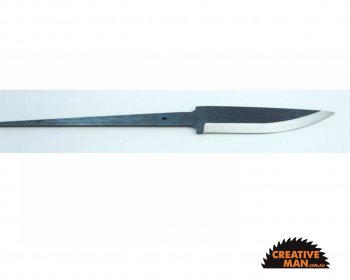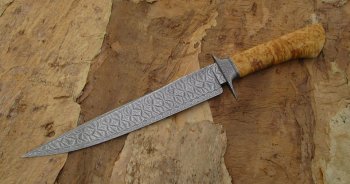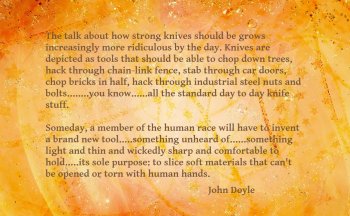I’ve been working on a couple hidden tang designs and have ran into a few problems consistently, that leads me to believe that I’m either doing things out of order, or prioritizing the wrong thing.
First is there a good width for the tang to be where it meets the ricasso? Like a ratio to the width of the ricasso?
Second should the tang be centered in the ricasso, or offset? I’ve been running into issues with it being to close to the bottom of the handle.
Third when your drawing/designing do you draw in the tang prior to drawing the handle or after?
First is there a good width for the tang to be where it meets the ricasso? Like a ratio to the width of the ricasso?
Second should the tang be centered in the ricasso, or offset? I’ve been running into issues with it being to close to the bottom of the handle.
Third when your drawing/designing do you draw in the tang prior to drawing the handle or after?




